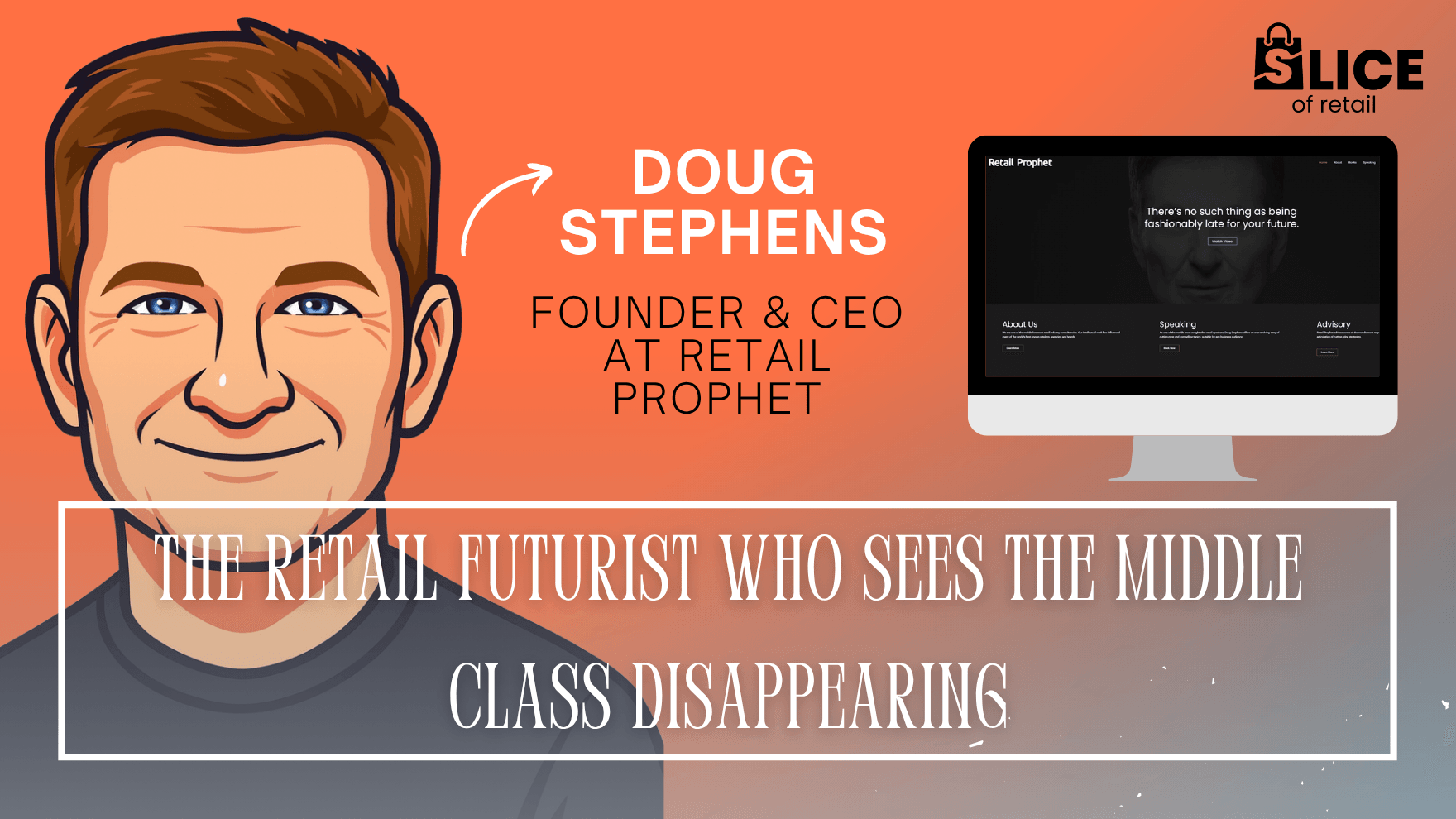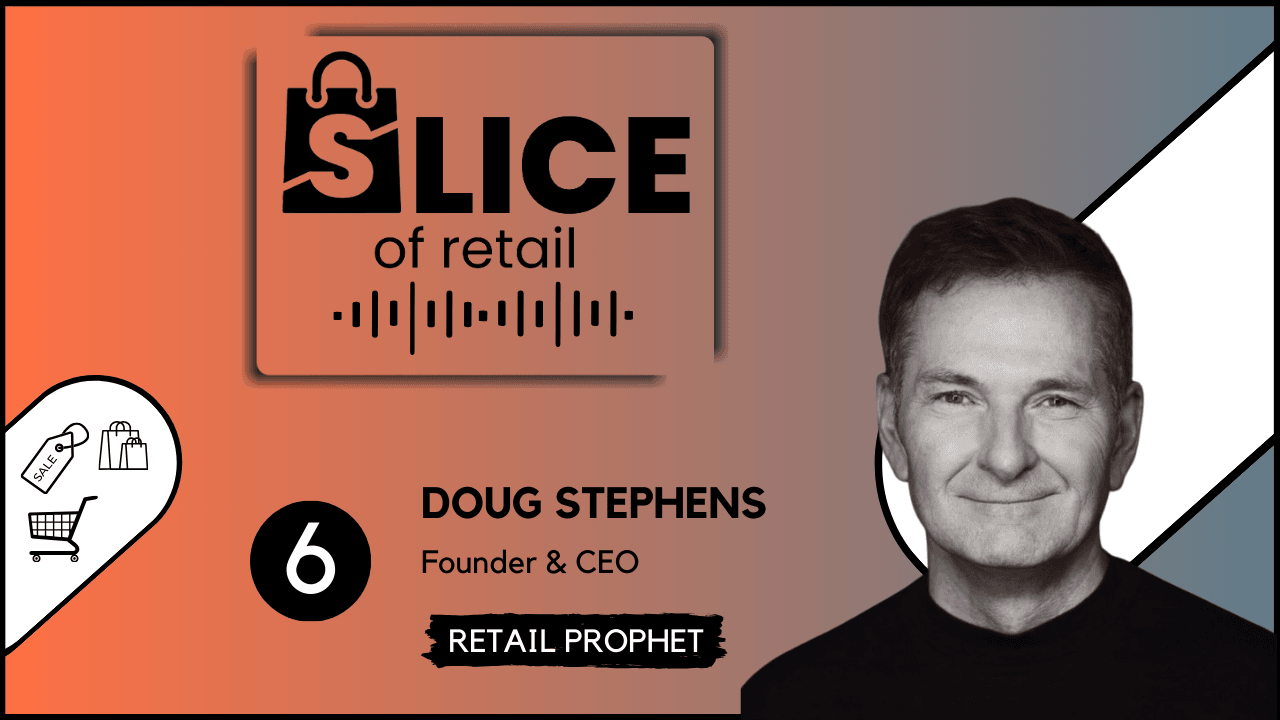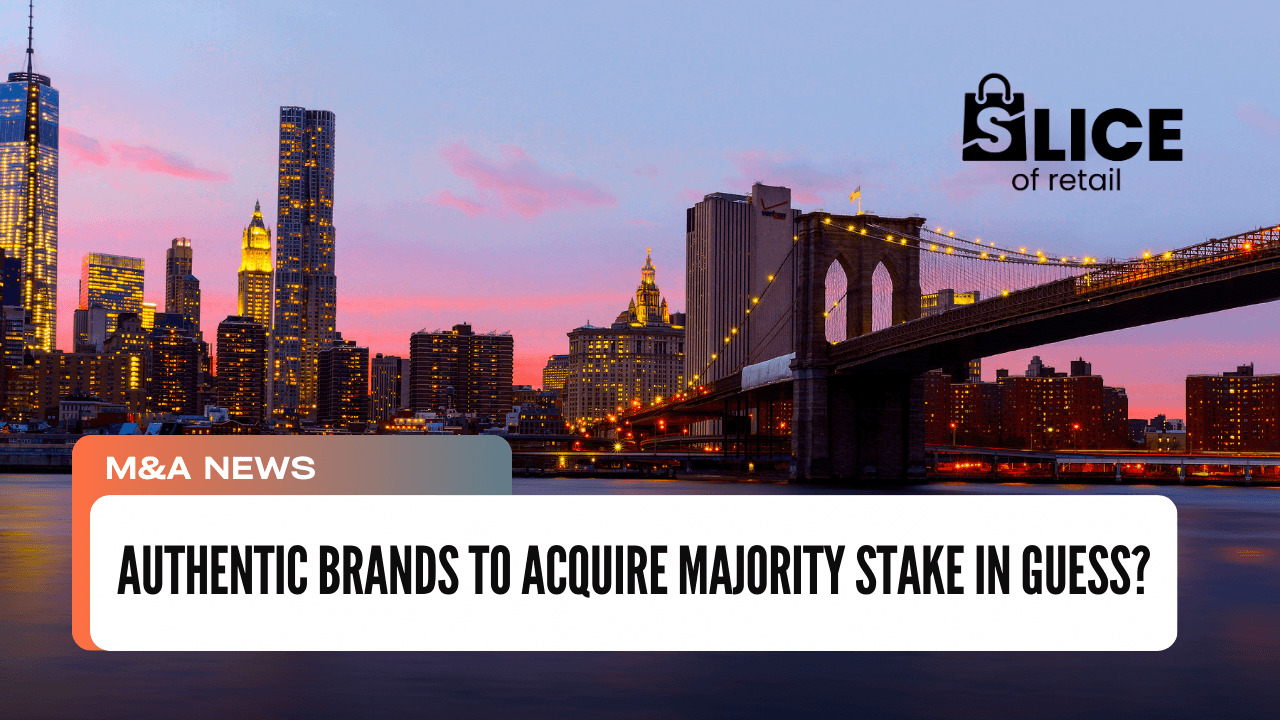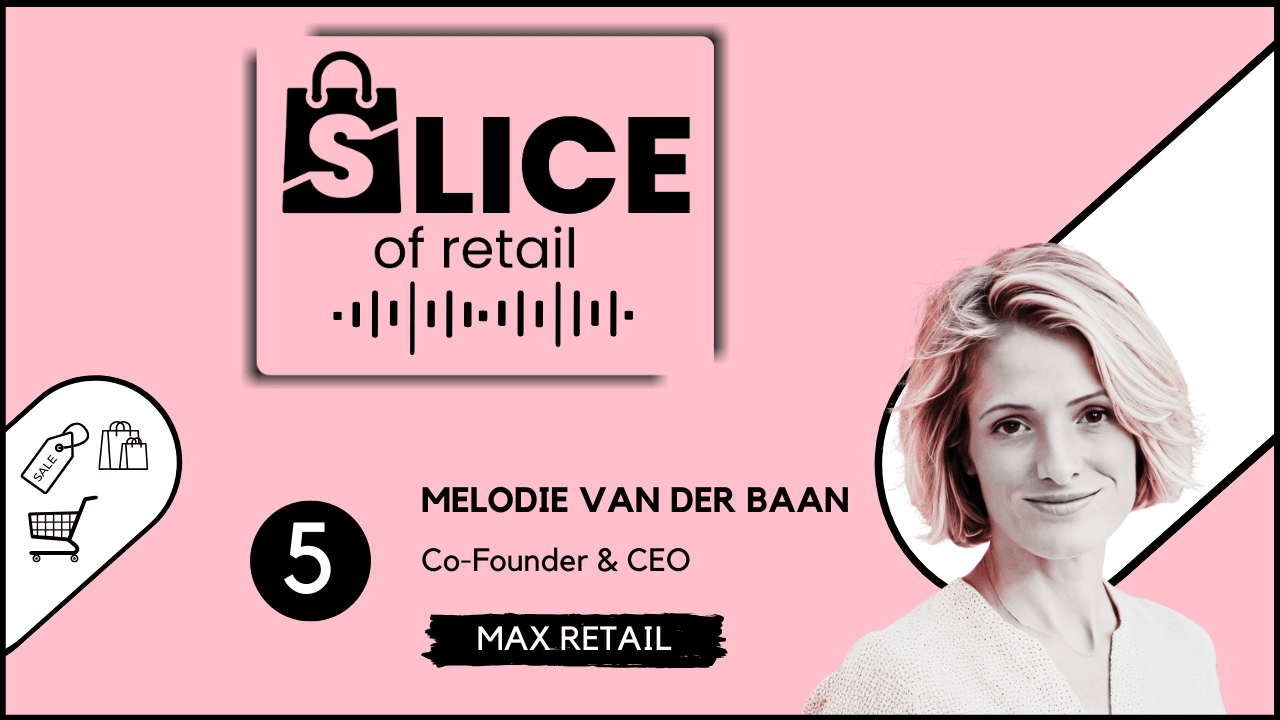
The Retail Futurist Who Sees the Middle Class Disappearing
Doug Stephens isn’t predicting the future of retail. He’s mapping its collapse and rebirth.
For nearly two decades, Doug Stephens has been retail’s sharpest outside voice. As the founder of Retail Prophet, a global consultancy working with names like Walmart, Louis Vuitton, and L'Oréal, Stephens helps companies navigate a consumer landscape that’s not just changing. It’s splitting apart.
Forget buzzwords. Stephens deals in tectonic shifts. And right now, he says the ground beneath retail’s feet is crumbling.
What Retail Prophet Actually Does
Retail Prophet doesn’t sell software or push playbooks. Stephens and his team analyze how economics, demographics, media, and technology collide, and what those collisions mean for brands and their customers.
In plain terms: they tell companies how the world is changing and what to do about it.
From Store Floors to Strategy Rooms
Before launching Retail Prophet 16 years ago, Stephens spent 20 years in retail, starting on the front lines and eventually leading general management across Canada and the U.S. That grounded experience shapes how he sees the future, not as an academic or a futurist-for-hire, but as someone who’s lived the churn from inside.
The Death of the Middle (and What Comes Next)
Stephens doesn’t sugarcoat it: “We’re seeing the contraction of the middle-class consumer and the evaporation of the mid-tier of retail.” Think Sears, Hudson’s Bay, or any department store that once anchored your mall. They’re vanishing.
What’s left? On one end, Walmart and Shein. On the other, Prada and Hermès. In between, a no-man’s land where even once-aspirational brands are struggling to stay relevant. And raising your prices to look premium? That just alienates your base. You can’t fake luxury.
Where Customers Are Going Instead
Stephens points to resale platforms and “dupe” culture as the new middle ground. Tools like Croissant, which tells shoppers how much a luxury item can be resold for before they buy it, are redefining value. “Resale in apparel is now as big or bigger than fast fashion,” he says. Knockoffs are a full-blown economy.
Who This Hits Hardest
It's not the big dogs. Walmart and Amazon are vacuuming up competitors. LVMH is snapping up smaller luxury brands. The real squeeze is on the legacy retailers, the ones that built themselves for a robust middle class that no longer exists.
And while luxury and fast fashion each have their playbooks, the in-betweeners are stuck. “They’re trying to pass for aspirational,” Stephens says. “But does the aspirational consumer even exist anymore?”
AI Is Coming, But That’s Not the Whole Story
Everyone’s talking about AI. But Stephens says the real differentiator won’t be the tools. It’ll be how companies use them.
In a future where AI is everywhere, creativity becomes the rarest asset. “Only about 2% of the population is genuinely divergently creative,” he says. “Companies should be hiring for that and giving those people the tools to run wild.”
And then there’s the part nobody wants to talk about: mass job loss. “We're not just talking about factory workers. Entire professions could be wiped out,” he says. Companies need a plan, not just for efficiency, but for humanity.
Where It’s Headed
Stephens’ next book, The Future of Competition, is due in 2026. It won’t be another trend-spotting guide. It’s about the foundations retail was built on and what happens when they erode.
Spoiler: most companies aren’t ready.
Final Thoughts
Doug Stephens doesn’t claim to know the future. But he’s seen enough to know which questions to ask. What happens when the middle disappears? When creativity dries up? When the winners vacuum up the rest?
Retail may survive. But not as we know it.



